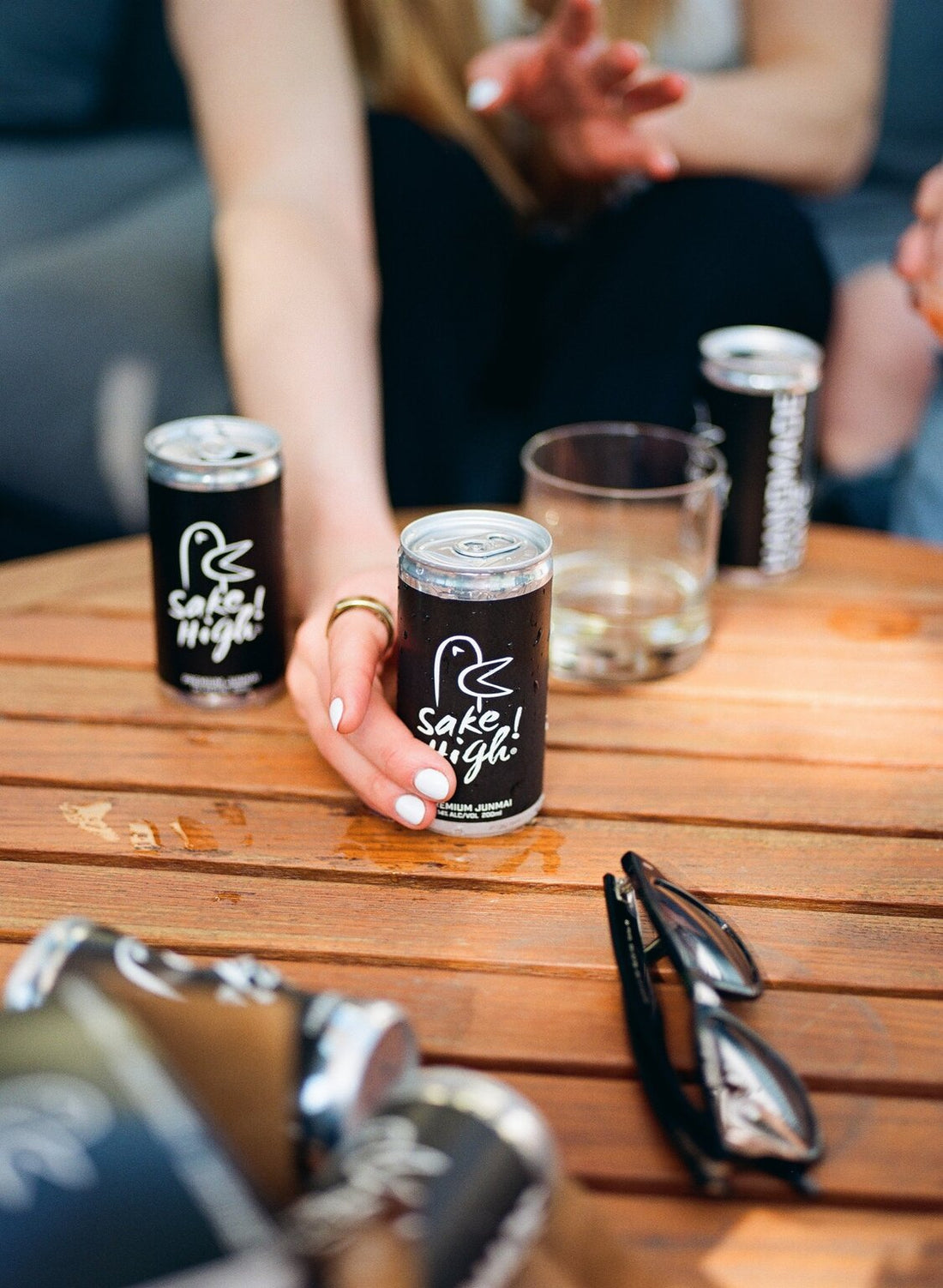
Sake 101 - How Sake is Made
The process of making sake is truly an art. The best sakes are carefully crafted with a labor-intensive process and made with the finest possible ingredients. In fact, there’s so much more sake than just rice. We’ve broken down how sake is made and the differences between types of sake, so you can be more selective during your next trip to the store.
What is Sake?
Sake (pronounced sock-eh) is an alcoholic beverage made from fermented rice. Sake has a rich history in Japan dating back thousands of years, and is traditionally sipped throughout celebrations, family gatherings, and more.
How sake is made is more similar to beer than wine, which is kind of ironic since sake is sometimes called “rice wine” in the US. Unlike beer or wine, however, the rice starch gets converted into sugar and alcohol simultaneously, instead of in two separate steps. This is called as parallel fermentation.
There are several different categories of sake. These depend on the ingredients and how much of the rice remains after polishing (which we’ll talk about in more detail in a sec). Non-Junmai sakes contain distilled alcohol.
Here are the types of sake you might encounter at your local liquor store_
-
Futsu-shu
-
Honjozo
-
Ginjo
-
Daiginjo
-
Junmai Ginjo
-
Junmai Daiginjo
What Ingredients are in Sake?
Pure rice sake is a simple drink that’s made with only four ingredients_
-
Rice. Not the kind of rice we normally eat—sake uses a starchier rice that works better for fermentation.
-
Water. Sake rice needs to be washed, soaked, and steamed—plus more water is used towards the end to dilute the final product.
-
Koji. Koji is a live culture—a rice mold, actually. We know that sounds kinda gross, but the koji helps break down the rice into fermentable sugars.
-
Yeast. A necessary ingredient in the fermentation process. Yeast also adds character and flavor.
Certain types of sake, like Honjozo and Ginjo, contain distilled alcohol. The addition of alcohol makes them fuller-bodied and not as flavorful.
How Ingredients Impact Different Types of Sake?
Not all sake is created equal. The quality of the ingredients and how sake is made impact the taste and type of labeling/categorization that sake is allowed to have. The two main types of sake are basic (table) sake and premium sake.
The differences between table sake and premium sake come from_
-
The rice polishing ratio. Rice grains are polished to trim off excess fats and proteins. When the rice is more polished, the sake has a lighter body. The lower the polishing ratio, the more premium the sake is.
-
Whether or not other ingredients are added during the brewing process. Premium sake, like Sake High!, has no added ingredients.
-
The quality of ingredients. Everything matters_ the rice, koji, yeast, and even the water. Yes, we’re serious—the water used makes a huge difference. Sake High! uses special water from the Kyoto region to get a clean and crisp taste.
How Premium Sake is Made
-
Premium sake starts with rice that’s grown in ideal weather conditions and soil. At least 30% of the rice is milled away, giving it a polishing ratio of less than 70%.
-
The rice gets washed and soaked in water (this is where the Kyoto water we mentioned earlier comes into play).
-
Sake rice is then steamed in order to soften it, and then cooled before the fermentation process begins.
-
Koji is sprinkled on the rice and is mixed in batches with water and yeast over a period of several days. The temperature must stay constant to allow the fermentation process to happen properly.
-
The resulting product then gets drained and pressed until sake comes out.
-
After it’s tasted and tested for quality, the sake is then bottled or canned and shipped to you!
Get Sake That’s Built Different
Sake is an incredible drink with a storied history. When made well, it can be a delicious way to enhance a meal and unwind with loved ones. If you’re looking to up your sake game, we’ve got you covered.
Look for Sake High! in stores near you or get it delivered for your next shindig.
Sip & Read More >>
